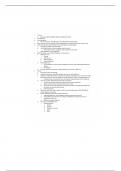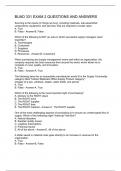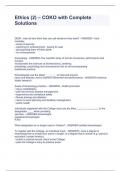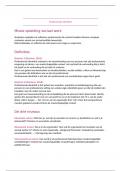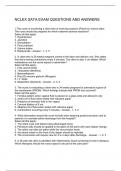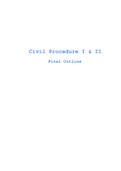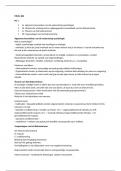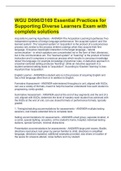Class notes
PSYC 1101 The Eye Lecture Notes
- Course
- PSYC1101
- Institution
- University Of Georgia
This is a comprehensive and detailed note on Chapter 4; the eye for Psyc 1101. *Essential Study Material!! *For you, at a price that's fair enough!
[Show more]
